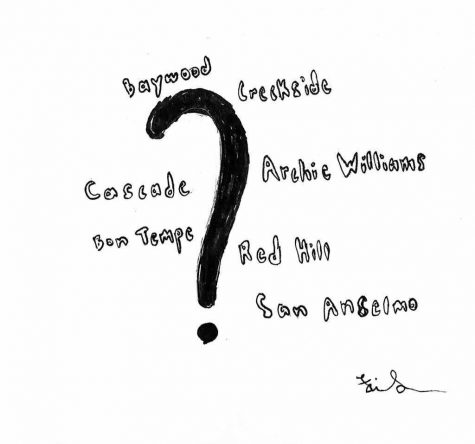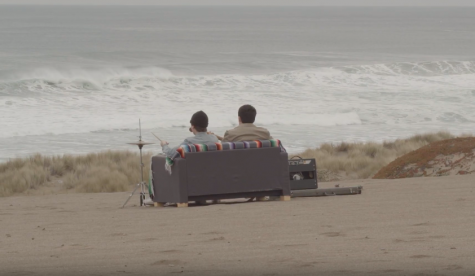A look back at “Blade Runner”
“Blade Runner” (1982) is a convoluted mess. With seven different cuts of the movie, it’s nearly impossible to get a definitive interpretation from the film, but the beauty of “Blade Runner” lies in this mystique; it poses questions that aren’t meant to have an answer. In many ways, these questions connect to a couple common themes and philosophies throughout all seven versions: existentialism and nihilism.
The film’s alternate version of 2019 Los Angeles is a pessimistic vision of the future. Constantly dark and grimy, buildings are crammed together and often stacked haphazardly. Despite this, cars fly and advanced computers are common. All of this is at the expense of replicants- genetically engineered human slaves. Though the newest models have increased strength and agility, they have limited life spans. After four years, they die.
“Blade Runner” is the story of four replicants who escape slavery and go missing in LA. It’s up to a former Police Officer, Rick Deckard (Harrison Ford) to hunt them down. After killing three, the fourth saves Deckard’s life, and he soon finds himself madly in love with a replicant. By the end of the film, it’s hard to tell who’s a replicant and who isn’t, and if it even matters to begin with.
Cloning and genetic modification have only grown more realistically achievable since the 1982 film debuted. In fact, it seems inevitable. “Blade Runner” ponders whether artificial intelligence is any less valid than “natural” intelligence. In the film, natural humans are often less feeling than replicants, despite having identical wants and needs.
The replicants’ primary motivation is to meet their creator, or their “God.” In “Blade Runner” “God” is mortal, a human himself. Upon learning this, the leader of the escaped replicants, Roy (Ruger Hauer), kills Tyrell (Joe Turkel) and accepts the absurdity of his existence. Before his acceptance, however, he fights desperately against the thought that life is meaningless. In the world of “Blade Runner,” everyone seeks meaning, particularly through religion.
One finds religious symbolism everywhere in the film; the replicants descend to earth from offworld colonies, similar to angels. Their leader, Roy, symbolizes both good and evil; at first he emulates Lucifer by resisting God’s will, and later on Christ by sacrificing himself for Deckard (his hand is pierced by a nail- as if a crucifixion.)
Despite this, the film also exemplifies a less theist way of life. Tyrell’s ability to create humans in a lab seems the next step of evolution; it calls back to when primitive apes became human. It’s said that “God created us in his own image.” Is it pure coincidence that Tyrell’s creations are called replicants?
Roy says in his dying breath that “all his memories will be lost, like tears in rain.” He doesn’t believe he will live on in any heaven or hell, but will just simply vanish, and cease to exist. If there is no life after death, it shouldn’t matter if someone’s a replicant or not. When we die, all our memories, everything that makes us us, are washed away like tears in the rain. Into nothing.







